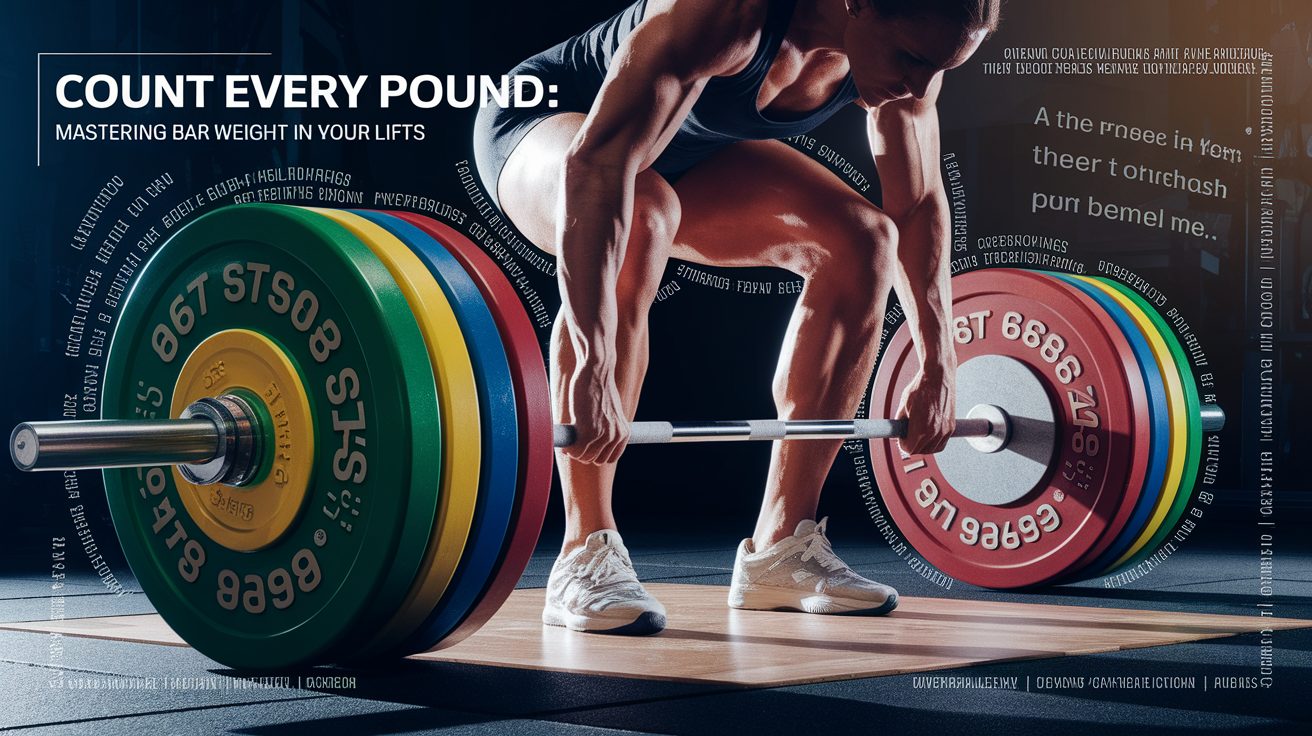Count Every Pound: Mastering Bar Weight in Your Lifts
Count Every Ounce: Why You Must Include the Bar Weight
In strength training, precision matters. Your total load isn’t just the weight plates you add — the barbell weight itself is part of the equation. A standard Olympic bar in most gyms weighs 20 kg (45 lbs) and that mass contributes directly to the resistance you’re lifting. Ignoring it distorts your progress tracking, can lead to inaccurate strength assessments, and in some cases even increases injury risk.

Whether you’re bench pressing, squatting, or deadlifting, always include the bar’s weight in your totals. As covered in this breakdown on bar weight importance, recording this consistently preserves program integrity and allows fair comparisons — both with your own past records and with established weightlifting standards.
Standard vs Specialty Bars: Know Your Equipment
Not all bars are created equal. The standard men’s Olympic barbell clocks in at 20 kg (45 lbs), with women’s Olympic versions at 15 kg (33 lbs), featuring a thinner grip and shorter shaft. Specialty bars vary even more: trap bars, EZ bars, and technique bars can range from lightweight aluminum builds to dense steel constructions.

Before logging a lift, verify your barbell specifications. This guide to typical barbell weights details each variant so you can factor its mass accurately into your total weight. In gyms with multiple bar types, identifying your bar’s weight is essential to maintaining consistent progress tracking.
Calculating Your Total Load
Accurate barbell weight calculation starts with knowing your bar’s weight, then adding the sum of your loaded plates. For example, with a 20 kg barbell and two 20 kg plates per side, the total load equals:

- Bar: 20 kg
- Plates: 4 × 20 kg = 80 kg
- Total: 100 kg
Microloading using small plates (0.5–1 kg) allows controlled progression without sudden jumps. By mastering practical barbell plate math or using quick mental tricks like starting with base bar weight and adding known increments, you can avoid loading errors and ensure consistent overload stimulus.
Why Omitting Bar Weight Undermines Your Progress
Leaving out the bar’s weight artificially lowers your recorded lifts. This creates several problems:
- Inaccurate tracking — Your strength curve will show false jumps when you finally include the bar.
- Inconsistent programming — Progressive overload relies on precise load increments, which omitting the bar disrupts.
- Safety concerns — Sudden, unplanned increases in load raise injury risk, especially in compound lifts like the bench press, squat, and deadlift.
As explained in expert recommendations, counting the bar ensures accurate programming and injury prevention — both fundamental to strength training longevity.
Smart Strategies for Accurate Logging
Discipline in record keeping is a hallmark of serious lifters. Apply these strategies to keep your logs accurate:
- Confirm the bar’s weight at your gym, especially if multiple types are in use.
- Log the full total weight — bar plus plates — for every lift.
- Use training apps that allow custom bar weights to be set for accurate tracking.
- For beginners or those training at home, consider lighter bars or dumbbell substitutions until handling the standard 20 kg bar feels stable.
- Follow powerlifting competition rules for consistent bar weight inclusion when testing your maxes.
By embedding these habits, you remove ambiguity from your lifting weight measurement and uphold proper gym weight etiquette.
Lift Smart, Track Right: The Final Plate
Counting the bar weight is non-negotiable if your aim is to progress with precision and avoid setbacks. It’s a small detail with a big impact — foundational to strength training fundamentals. Know your equipment, calculate diligently, and record accurately. Remember, every ounce matters in the pursuit of mastery.
Your training log should be a truthful mirror of your efforts under the bar. By respecting the weight in front of you — bar plus plates — you respect the discipline of the sport itself. Strength through science. Results through discipline.







